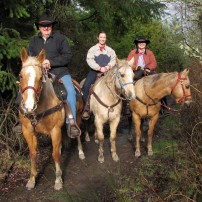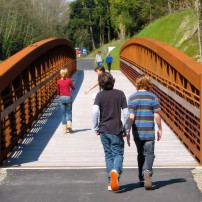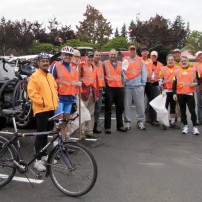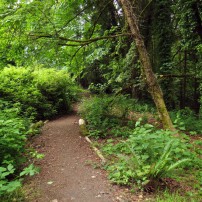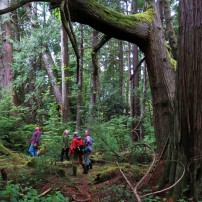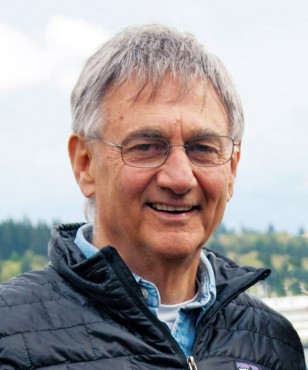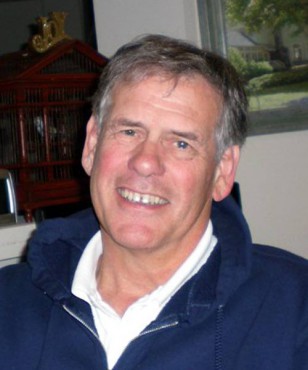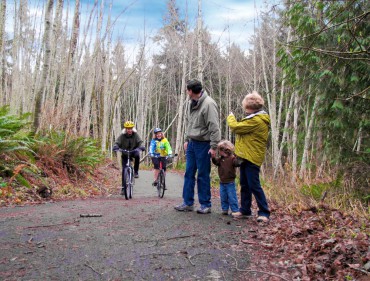
Historic Port Gamble, a quaint New England-style village perched above Port Gamble Bay and Hood Canal, has become a lynchpin for an exciting, innovative and collaborative trail and open space initiative. A rare, visionary opportunity has been presented to existing and future generations of Kitsap County residents, one that has been warmly embraced by a wide array of organizations, citizen activists and public officials.
Washington state has become a virtual laboratory for developing connected trail and open space systems that are epic in scope and scale. Very ambitious trail and open space plans have been developed and implemented, including The Mountains to Sound Greenway, King County Forested Foothills, Issaquah’s Emerald Necklace, the John Wayne Trail, Burk Gilman trail and Bellevue’s Lake to Lake Greenway.
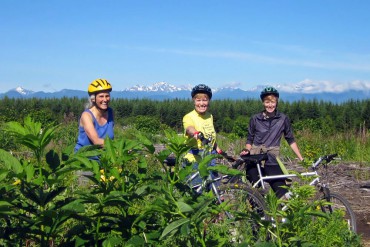
More recent trail and open space initiatives have been launched that have a very direct impact on Kitsap County. Washington state has developed a state cross-country trail plan that connects Idaho to the Pacific Ocean.
The Sound to Olympics Trail will connect all North Kitsap communities to one another. It will also connect with the Olympic Discovery Trail that links Hood Canal with the rest of the Olympic Peninsula. Kitsap County’s String of Pearls Trail Plan and Puget Sound Regional Council’s Transportation 2040 formally endorse these trail and open space plans and view these initiatives as bridging the gap between Seattle area trails and the west side of Puget Sound.
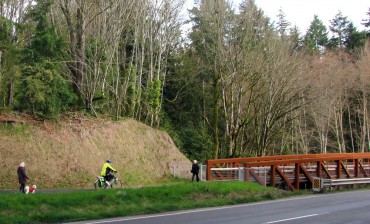 The Port Gamble forests and trails are at the epicenter of what will most certainly become one of the signature trail and open space systems within the state. Who would have dreamed that a timber company, Pope Resources, would provide the opportunity and stimulus for North Kitsap to become a model land and water trail community?
The Port Gamble forests and trails are at the epicenter of what will most certainly become one of the signature trail and open space systems within the state. Who would have dreamed that a timber company, Pope Resources, would provide the opportunity and stimulus for North Kitsap to become a model land and water trail community?
It’s a complex story, one with many moving parts and key players, but alive today because of the vision of Jon Rose, executive of Pope Resources, and the North Kitsap Trails Association. Pope Resources owns more than 7,000 acres of timberland, much of it contiguous, and most of it between Kingston and Port Gamble.
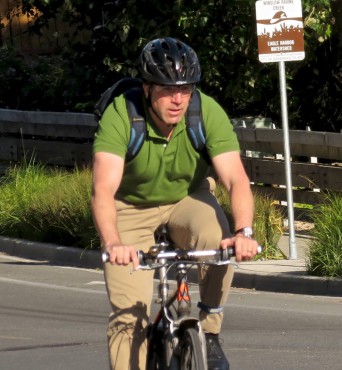 The long-range vision is to protect and preserve the 7,000 acres of open space and 1.8 miles of the Port Gamble shoreline. The plan is to enhance the wildlife and aquatic habitat, create a multipurpose trail system, protect established communities and shape long-range growth.
The long-range vision is to protect and preserve the 7,000 acres of open space and 1.8 miles of the Port Gamble shoreline. The plan is to enhance the wildlife and aquatic habitat, create a multipurpose trail system, protect established communities and shape long-range growth.
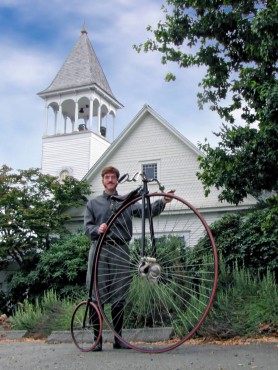 It’s wildly ambitious, but supported by a who’s who of Kitsap County, including the Great Peninsula Conservancy, the Suquamish and Port Gamble S’Kallam tribes, the Kitsap Trails Association and the political leadership of Poulsbo, Bainbridge and Kingston.
It’s wildly ambitious, but supported by a who’s who of Kitsap County, including the Great Peninsula Conservancy, the Suquamish and Port Gamble S’Kallam tribes, the Kitsap Trails Association and the political leadership of Poulsbo, Bainbridge and Kingston.
The official initiative to protect the 7,000 acres and the Port Gamble shoreline is called the Kitsap Forest and Bay project. Pope Resources, while considerably more enlightened and public-spirited than your typical timber company, isn’t in the business of donating assets and losing money. The firm is willing to show restraint and patience but, ultimately, must realize a reasonable return on investment.
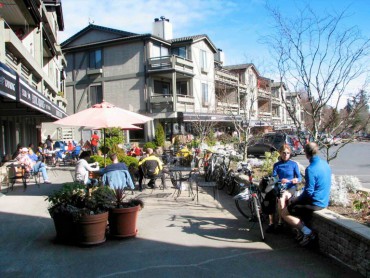 The community has been given time to raise the necessary funding and make critical land-use decisions that will influence the cost and availability of the property. Everyone shares the same goal but tradeoffs and concessions will probably be required in order for this vision to be realized.
The community has been given time to raise the necessary funding and make critical land-use decisions that will influence the cost and availability of the property. Everyone shares the same goal but tradeoffs and concessions will probably be required in order for this vision to be realized.
Some progress has already been made. More than 530 acres and 1.5 miles of shoreline, called the Port Gamble Heritage Park, have been acquired from Pope Resources. An additional 336 acres adjacent to Kitsap Heritage Park has been acquired and additional parcels are planned to be purchased in 2015. Still, only 14 percent of the targeted acreage has been acquired or protected.
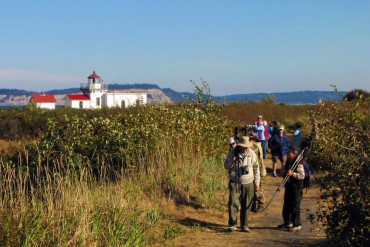 This is a once-in-a-lifetime opportunity for the citizens of Kitsap County. The dream of saving 7,000 acres for public recreational use and conservation, and connecting the area with a system of trails and bike paths, all appear within reach — but not without a lot of work and continued and committed leadership.
This is a once-in-a-lifetime opportunity for the citizens of Kitsap County. The dream of saving 7,000 acres for public recreational use and conservation, and connecting the area with a system of trails and bike paths, all appear within reach — but not without a lot of work and continued and committed leadership.
The good news is all indications suggest that this effort has the full support of Kitsap citizens. In a survey of more than 800 individuals, 94 percent wanted access to more trails for walking and biking. And, when more than 500 citizens show up for the first meeting, held in 2007, you realize that you are onto something very special — a project that brings together people of all ages and from all walks of life.
This will be a project than can enhance the quality of life for an entire community, a legacy project that will endure for hundreds of years.




